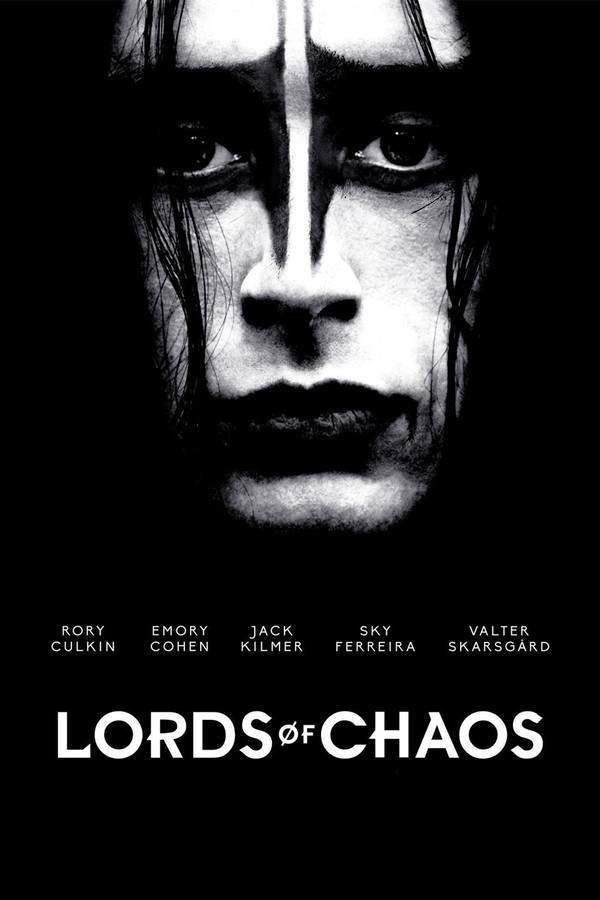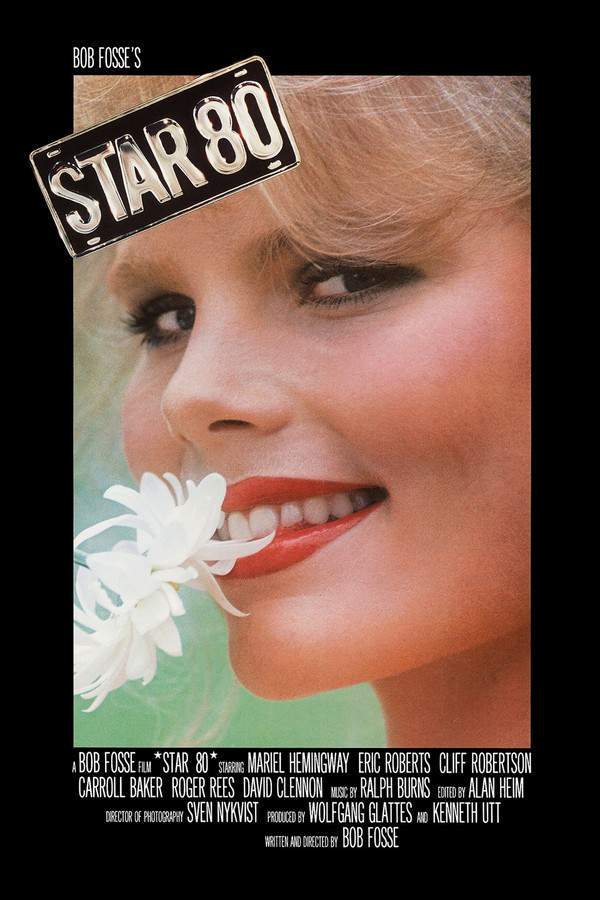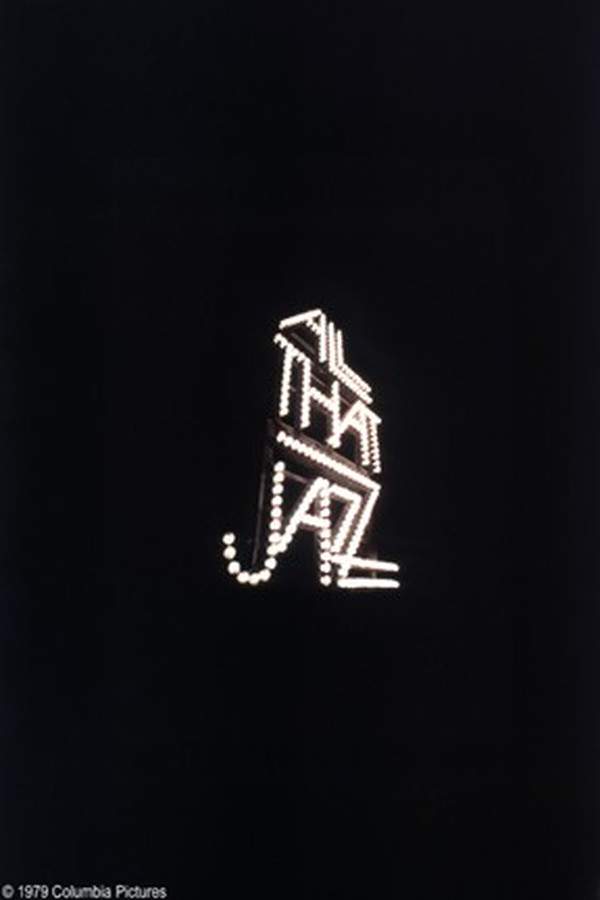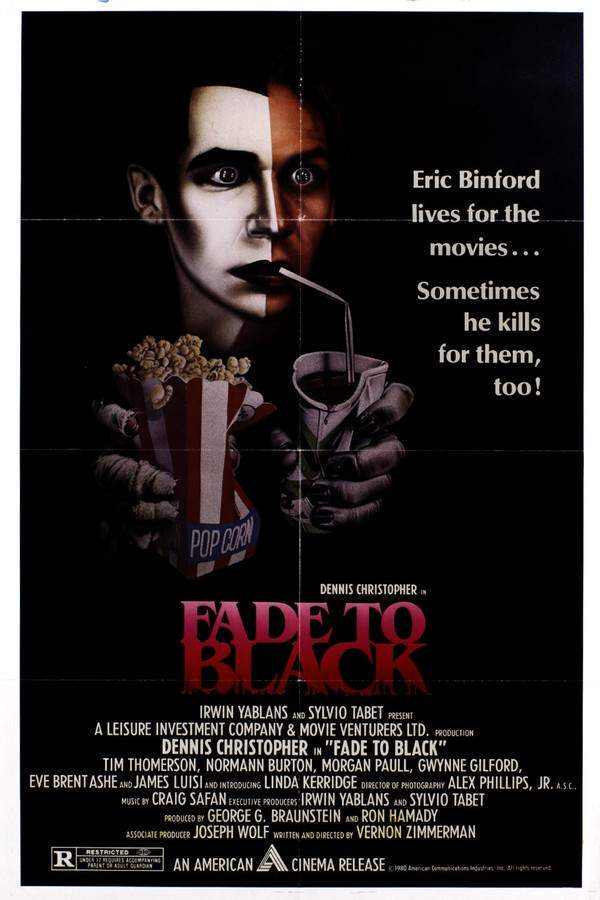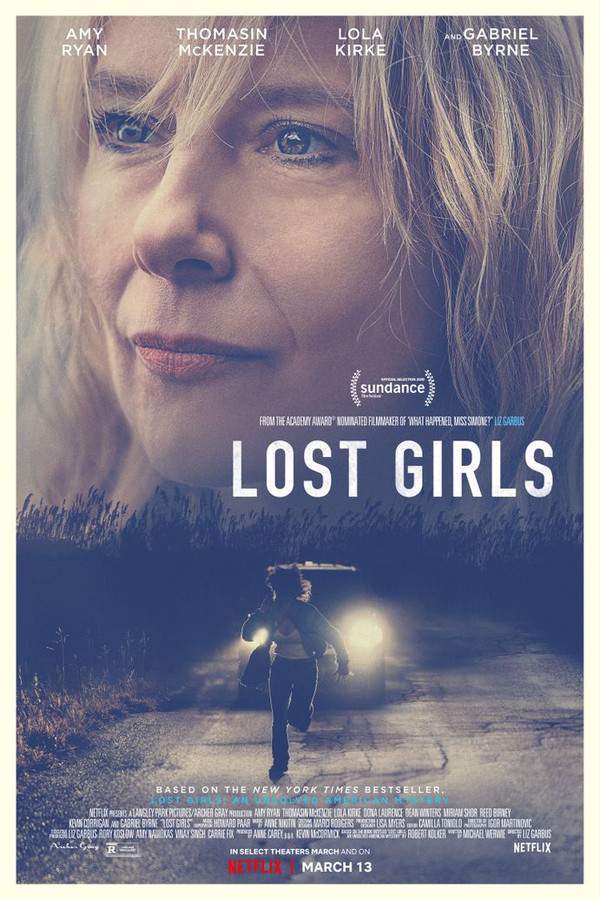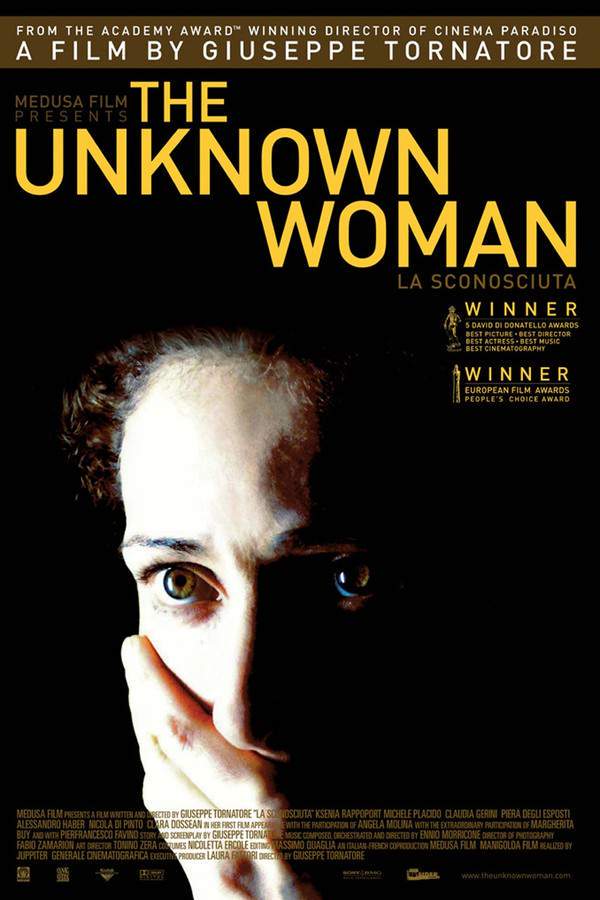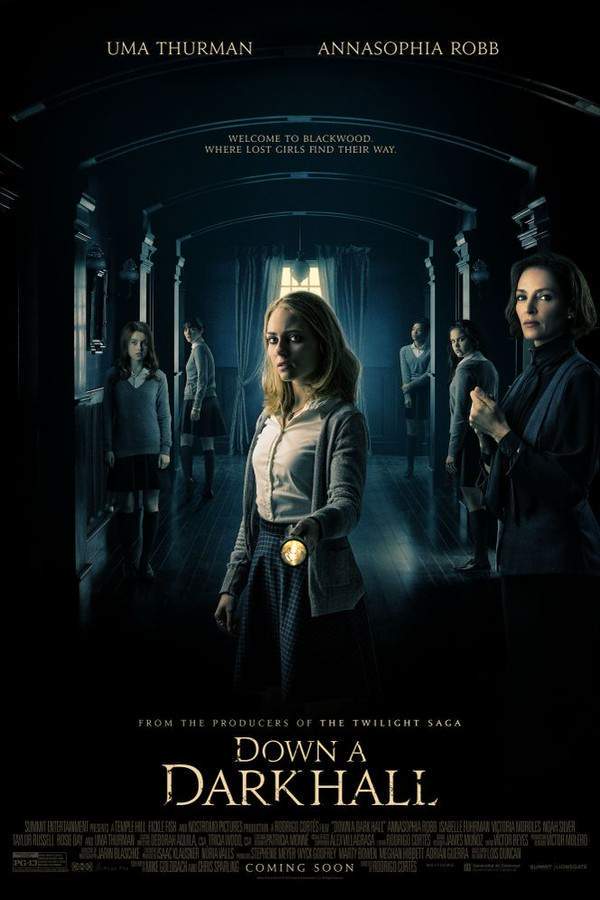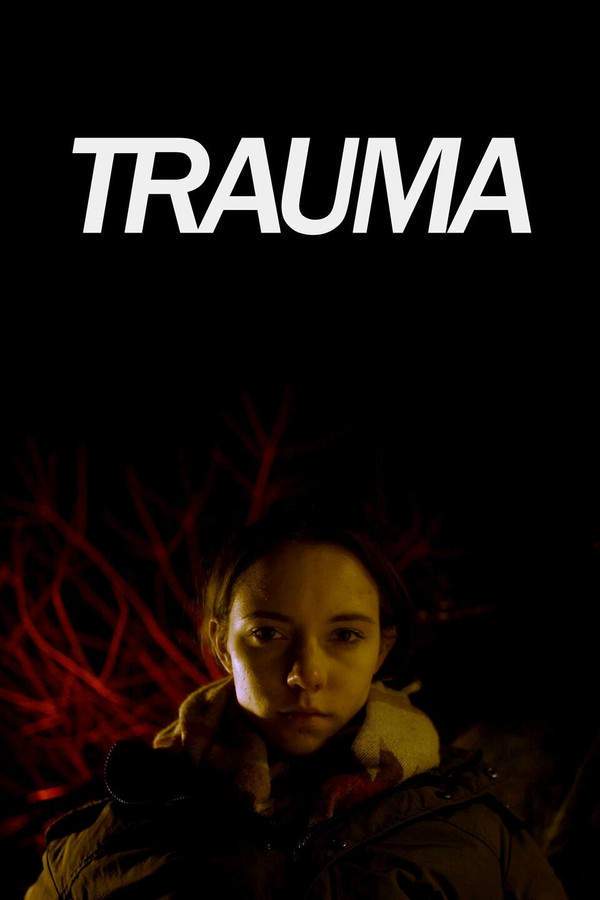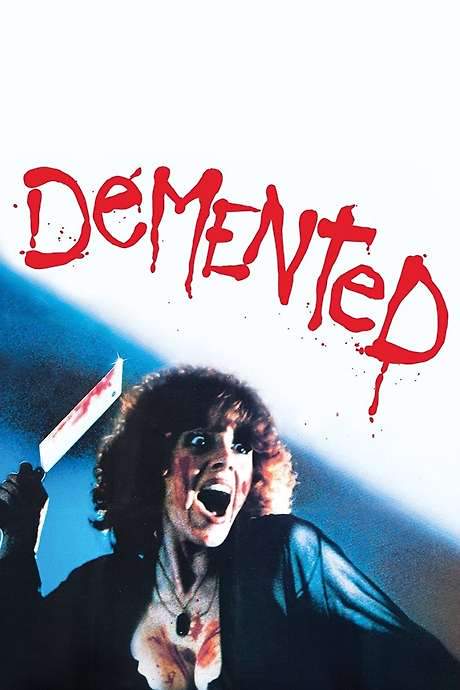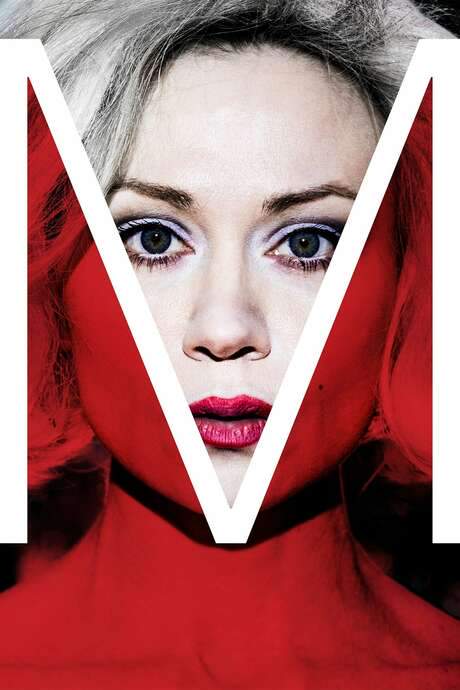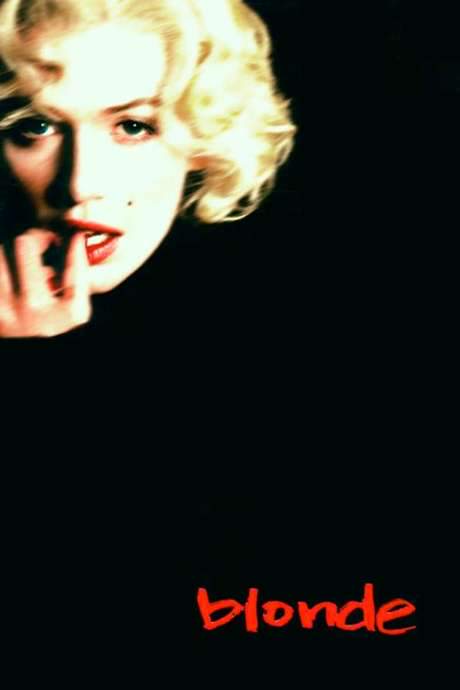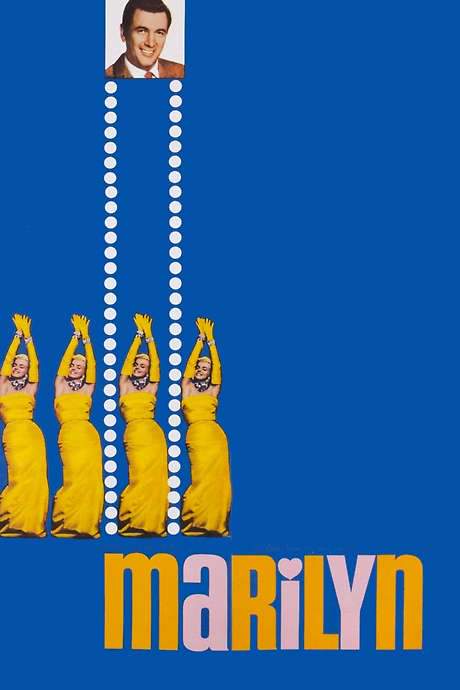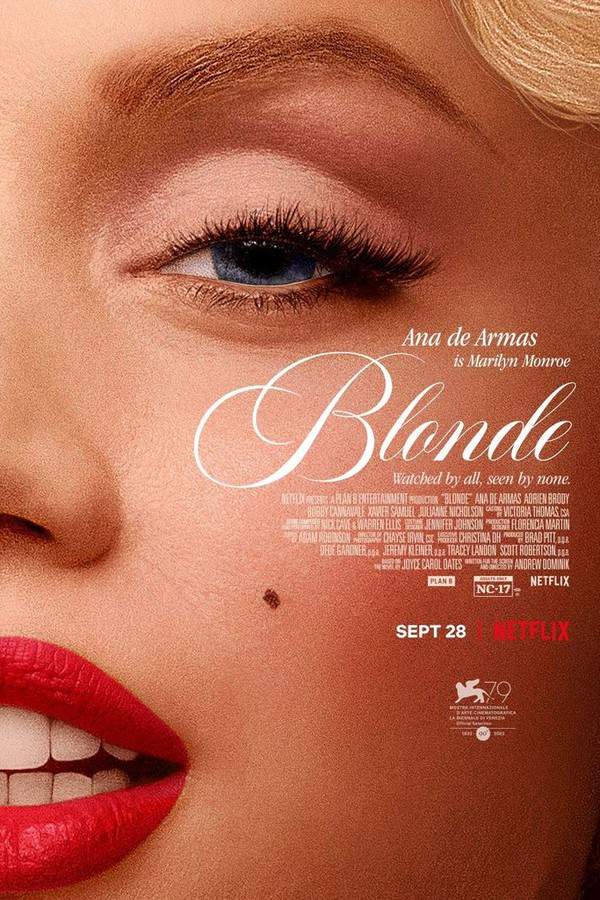
Blonde
Blonde offers a fictionalized exploration of the life of Marilyn Monroe, beginning with her difficult upbringing as Norma Jeane and following her rise to Hollywood fame. The film portrays her passionate relationships and the stark contrast between her iconic public image and the private struggles she faced. It’s a biographical drama that blurs the lines between reality and fantasy, offering a poignant look at the woman behind the legend.
Warning: spoilers below!
Haven’t seen Blonde yet? This summary contains major spoilers. Bookmark the page, watch the movie, and come back for the full breakdown. If you're ready, scroll on and relive the story!
Blonde (2022) – Full Plot Summary & Ending Explained
Read the complete plot breakdown of Blonde (2022), including all key story events, major twists, and the ending explained in detail. Discover what really happened—and what it all means.
As a young girl, Norma Jeane Mortenson (Ana de Armas) grows up under the care of her mentally unstable mother, Gladys (Julianne Nicholson). On her seventh birthday in 1933, she receives a framed photo of a man who her mother claims is her father. That very night, a fire erupts in the Hollywood Hills, prompting Gladys to take Norma Jeane there, insisting that her father resides nearby. However, their visit is cut short by police intervention, forcing them back home. In a fit of rage, Gladys nearly drowns Norma Jeane in the bathtub after she inquires about her father, but ultimately lets her go. Gladys chillingly states that her father abandoned them because he didn’t want Norma Jeane to be born.
Seeking refuge, Norma Jeane escapes to a neighbor’s house, where she finds solace. A few days pass before she is placed in a foster home while Gladys is committed to a mental institution, deemed unfit for parenting. Though she insists she is not an orphan, Norma Jeane is forced into the foster care system.
By the 1940s, she adopts the persona of “Marilyn Monroe,” becoming a celebrated pin-up girl as her image graces magazine covers and calendars. However, her aspirations to break into acting come at a high cost; she is sexually assaulted by the president of a film studio, a man known as Mr. Z (David Warshofsky). This traumatic experience leaves her deeply scarred, leading her to cope by dissociating herself from the pain, allowing her character, Marilyn, to absorb the harsh realities of the industry.
In 1950, Norma Jeane auditions for a role in Don’t Bother to Knock, but her performance crumbles as she breaks down in tears. Despite her emotional turmoil, the casting director recognizes her potential and grants her the role. A decade later, she visits her mother in the hospital, but Gladys fails to recognize her. Eager to uncover the truth about her past, Norma Jeane searches for any information regarding her father in studio records but finds nothing substantial.
As her career takes off, she develops intimate relationships with Charles “Cass” Chaplin Jr. (Xavier Samuel) and Edward G. “Eddy” Robinson Jr. (Evan Williams), with whom she engages in a polyamorous arrangement. Her breakout moment comes with the 1953 film Niagara. However, when spotted in public with Cass and Eddy, the studio head admonishes her to limit her public appearances with them, intensifying her internal struggle between the public persona of Marilyn and her true self.
Joyfully discovering she is pregnant, Norma Jeane grapples with the fear that her child could inherit her mother’s mental struggles and opts for an abortion. Yet, on the day of the procedure, she has a change of heart, but tragically, it is too late. While she becomes a household name, earning a fraction of what her male co-stars earn—$5,000 per film compared to their $100,000—her sense of worth diminishes.
Her path crosses with Joe DiMaggio (Patrick Brennan), a retired athlete who resonates with her desire to transcend Hollywood’s superficiality for more serious roles in New York City. While she films Gentlemen Prefer Blondes, she receives a letter from a man claiming to be her father, Tygh Runyan. Exuding intense disconnection during the film’s premiere, she expresses that the portrayal is not truly her. Later, she encounters Joe again at her hotel, where he proposes, and she reluctantly accepts.
However, their marriage rapidly deteriorates after Joe’s anger erupts when he receives nude publicity photos of Norma Jeane from Cass and Eddy. Following a violent confrontation, she moves forward with filming her most iconic scene in The Seven Year Itch, yet domestic turmoil looms large. Soon after, she divorces Joe.
In 1955, she auditions for a Broadway play written by the illustrious Arthur Miller. While her performance captivates most, Arthur initially seems unimpressed. He gradually softens as she provides profound insights about the character Magda, who parallels her own troubled existence, reviving a spark within him. They marry and move to Maine, as Norma Jeane relishes the joys of domesticity and awaits a child. Unfortunately, she suffers a miscarriage, thrusting her back into the chaotic world of acting.
As the years wear on, particularly during the filming of Some Like It Hot, Norma Jeane spirals into uncontrollable breakdowns and feels increasingly isolated from Arthur. The relentless media scrutiny plagues her, triggering frequent outbursts, especially towards director Billy Wilder (Ravil Isyanov). To manage her escalating stress, she turns to substance abuse.
By 1962, the weight of fame takes a toll as she becomes mired in a dependency on drugs and alcohol. During a troubling encounter with President John F. Kennedy (Caspar Phillipson), she is manipulated into compromising situations, all while grappling with the reality of her existence as “Marilyn Monroe.” Overwhelmed, she hallucinates, reliving moments of her past, including another abortion, before returning home to Los Angeles.
As she receives a call from Eddy informing her of Cass’s death, she resists confronting the truth he left behind. Ultimately, she opens a package from him revealing a beloved childhood stuffed tiger and a heart-wrenching letter confessing that the letters she thought were from her father were actually sent by him.
Devastated by the unveiling of this secret, Norma Jeane tragically succumbs to an overdose of barbiturates. In her final moments, she envisions her father, who welcomes her to the afterlife, leaving behind the confounding legacy of Marilyn Monroe.
Last Updated: November 15, 2024 at 19:03
Ending Explained – What Happens at the End of Blonde?
Still wondering what the ending of Blonde (2022) really means? Here’s a spoiler-heavy breakdown of the final scene, major twists, and the deeper themes that shape the film’s conclusion.
In the film’s climax, Norma Monroe’s fragile mental state has deteriorated significantly, blurring the lines between reality and her hallucinations. Her encounters with powerful men like Kennedy have left her feeling manipulated and betrayed. She believes she is being watched and controlled, which fuels her paranoia and despair. Her relationship with Cass and Ed, which was passionate but tumultuous, ultimately ends with her choosing to have an abortion—an act driven by her fears for her child’s future and her own mental health, though the film hints at deeper influences behind her decision.
Her tragic descent culminates in her overdose, a shocking and heartbreaking moment that signifies her loss of agency and her physical and emotional collapse. The film suggests that her death was orchestrated by external forces—the idea that government agencies or powerful figures may have deliberately facilitated her overdose to silence her or destroy evidence of her relationship with JFK remains ambiguous. Instead, the movie leaves viewers with a haunting sense of how systems of power and societal exploitation contributed to her downfall.
The ending is deeply contemplative, emphasizing how Monroe’s talent and humanity were consumed by the relentless pressure of fame, industry exploitation, and political machinations. It challenges us to consider the human cost behind the glamorous exterior, prompting a reflection on the way society values its stars and whether we have learned to treat them with the dignity and respect they deserve. Marilyn Monroe’s tragic story in “Blonde” ends with her alone, broken, and lost in a world that monetized her suffering—her death a stark reminder of the costs of fame and exploitation.
Last Updated: June 25, 2025 at 08:57
Explore Movie Threads
Discover curated groups of movies connected by mood, themes, and story style. Browse collections built around emotion, atmosphere, and narrative focus to easily find films that match what you feel like watching right now.
Psychological Biopics of Tormented Icons like Blonde
Unflinching portraits of famous lives fractured by trauma and fame.If you were captivated by Blonde's harrowing look at Marilyn Monroe, explore more movies like it. This collection features similar biographical dramas that focus on the psychological suffering of famous figures, blending reality and fantasy to tell stories of trauma, identity, and the dark side of fame.
Narrative Summary
These narratives typically follow a chronological yet fractured path, tracing the subject's life from formative childhood trauma to their rise and ultimate decline. They often employ dreamlike sequences and dissociative moments to blur the lines between the public icon and the vulnerable private individual, building towards a bleak and tragic conclusion.
Why These Movies?
Movies are grouped here for their shared focus on deconstructing fame through a dark psychological lens. They share a heavy emotional weight, a steady, dread-inducing pace, and a commitment to portraying the intense, often traumatic, inner lives of their real-world subjects.
Harrowing Movies about Female Trauma like Blonde
Intense, disturbing journeys through a woman's psychological suffering.For viewers who appreciated Blonde's intense exploration of Marilyn Monroe's trauma, this list recommends similar movies about female trauma. Discover other heavy dramas and psychological thrillers that depict women's harrowing journeys through abuse, exploitation, mental health crises, and the search for self.
Narrative Summary
The narrative pattern is one of a steady, inescapable downward spiral. It often begins with childhood trauma and follows the protagonist as they encounter further exploitation and abuse, leading to a fractured sense of self, addiction, and a profound feeling of isolation. The journey is marked by a loss of agency and a blurring of reality, culminating in a tragic end.
Why These Movies?
These films are connected by their uncompromisingly dark tone, high intensity, and heavy emotional weight centered on female suffering. They share themes of sexual exploitation, mental health crises, and childhood trauma, delivered with a psychological, often dreamlike, sensibility and a steady, dread-filled pacing.
Unlock the Full Story of Blonde
Don't stop at just watching — explore Blonde in full detail. From the complete plot summary and scene-by-scene timeline to character breakdowns, thematic analysis, and a deep dive into the ending — every page helps you truly understand what Blonde is all about. Plus, discover what's next after the movie.
Blonde Timeline
Track the full timeline of Blonde with every major event arranged chronologically. Perfect for decoding non-linear storytelling, flashbacks, or parallel narratives with a clear scene-by-scene breakdown.

Characters, Settings & Themes in Blonde
Discover the characters, locations, and core themes that shape Blonde. Get insights into symbolic elements, setting significance, and deeper narrative meaning — ideal for thematic analysis and movie breakdowns.

Blonde Ending Explained
What really happened at the end of Blonde? This detailed ending explained page breaks down final scenes, hidden clues, and alternate interpretations with expert analysis and viewer theories.

Blonde Spoiler-Free Summary
Get a quick, spoiler-free overview of Blonde that covers the main plot points and key details without revealing any major twists or spoilers. Perfect for those who want to know what to expect before diving in.

More About Blonde
Visit What's After the Movie to explore more about Blonde: box office results, cast and crew info, production details, post-credit scenes, and external links — all in one place for movie fans and researchers.

Similar Movies to Blonde
Discover movies like Blonde that share similar genres, themes, and storytelling elements. Whether you’re drawn to the atmosphere, character arcs, or plot structure, these curated recommendations will help you explore more films you’ll love.
Explore More About Movie Blonde
Blonde (2022) Scene-by-Scene Movie Timeline
Blonde (2022) Movie Characters, Themes & Settings
Blonde (2022) Ending Explained & Theories
Blonde (2022) Spoiler-Free Summary & Key Flow
Movies Like Blonde – Similar Titles You’ll Enjoy
Love, Marilyn (2012) Ending Explained & Film Insights
Marilyn Monroe: Auction of a Lifetime (2017) Full Summary & Key Details
Blonde Animals (2018) Spoiler-Packed Plot Recap
M (2018) Ending Explained & Film Insights
Marilyn Monroe: The Final Days (2001) Complete Plot Breakdown
Blonde (1000) Full Summary & Key Details
Marilyn: The Untold Story (1980) Ending Explained & Film Insights
Marilyn Alive and Behind Bars (1992) Film Overview & Timeline
Marilyn Monroe: Beyond the Legend (1986) Story Summary & Characters
The Legend of Marilyn Monroe (1966) Spoiler-Packed Plot Recap
Marilyn Monroe: The Mortal Goddess (1994) Detailed Story Recap
A Gun, a Car, a Blonde (1997) Full Summary & Key Details
Blonde Bait (1956) Detailed Story Recap
Marilyn (1963) Spoiler-Packed Plot Recap
Norma Jean & Marilyn (1996) Full Summary & Key Details

